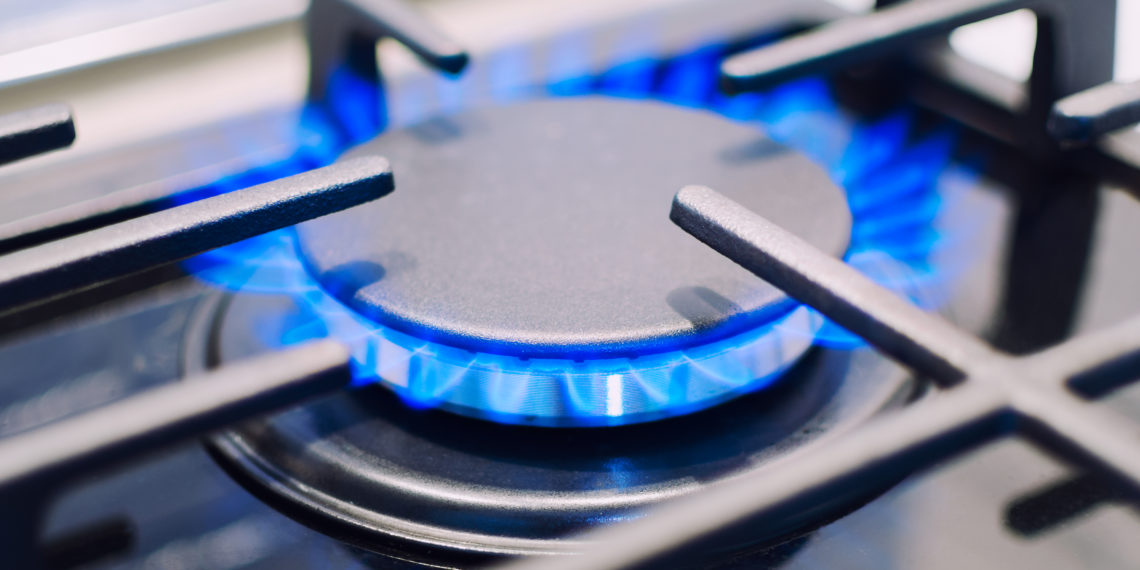When you turn on your gas stove or furnace, do you ever think about how the gas got there? When you turn on the hot water, do you wonder how the water heater works? If you’re like most of us, you don’t worry about how the gas got to your appliances; you simply take it for granted that it’s there when you need it. But how, exactly, did it get there?
The accompanying infographic, How Does Natural Gas Get Safely to your House? provides a brief description of its journey from underground wells through pipelines to your home’s gas meter and then to your gas appliances. The main principle of the natural gas delivery system is the flow of gas from higher to lower pressure.
As the gas begins its journey, the pressure is increased to get it to processing plants, storage reservoirs, and city gates, after which the pressure is reduced as it is distributed through smaller and smaller pipelines until it reaches your home’s pipes. Along the way, the gas is purified, measured and metered, and an odorant (mercaptan) is added to the otherwise odorless gas to make it easier to detect.
The infographic also discusses natural gas safety. We’ve all heard about natural gas explosions, and though uncommon, they can be extremely destructive and even deadly when they do occur. Keep reading to learn about the causes of gas explosions and what is can be done to prevent them. While we don’t want to scare anyone, it’s important to understand what’s being done by professionals and what should be done by homeowners to help prevent explosions.
It’s ironic that the qualities that make natural gas so important for ensuring your family’s comfort also make it potentially dangerous. We depend on natural gas to heat our homes, cook our food, and provide us with hot water for bathing. However, the fact that it’s delivered under pressure and is highly combustible means great care must be taken with it. Not only does your utility provider need to follow extensive safety protocols, but as homeowners, we also bear some responsibility for keeping our homes and families safe.
Keep calm and carry on with your heating, clothes drying, cooking, and more — just be aware of what you can do to help protect your home, family, and neighborhood from a natural gas explosion. For more information to help you understand the natural gas infrastructure we depend on, take a look at the accompanying infographic. It also contains some additional tips you can use to protect your family and your home.
















![What to with Scrap Metal? [infographic]?](https://facts-homes.com/wp-content/uploads/2019/07/645413-POPYOV-391-120x86.jpg)





